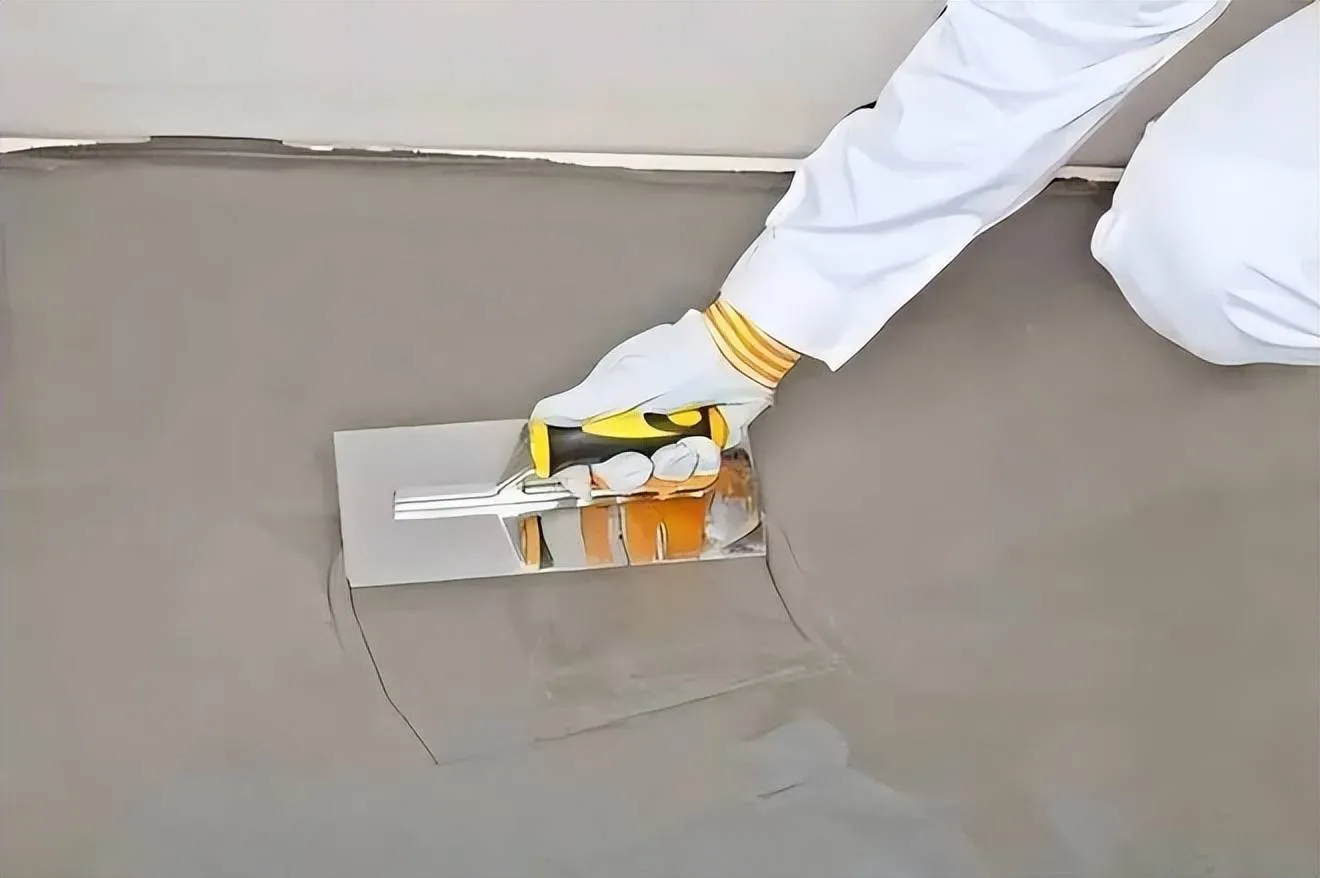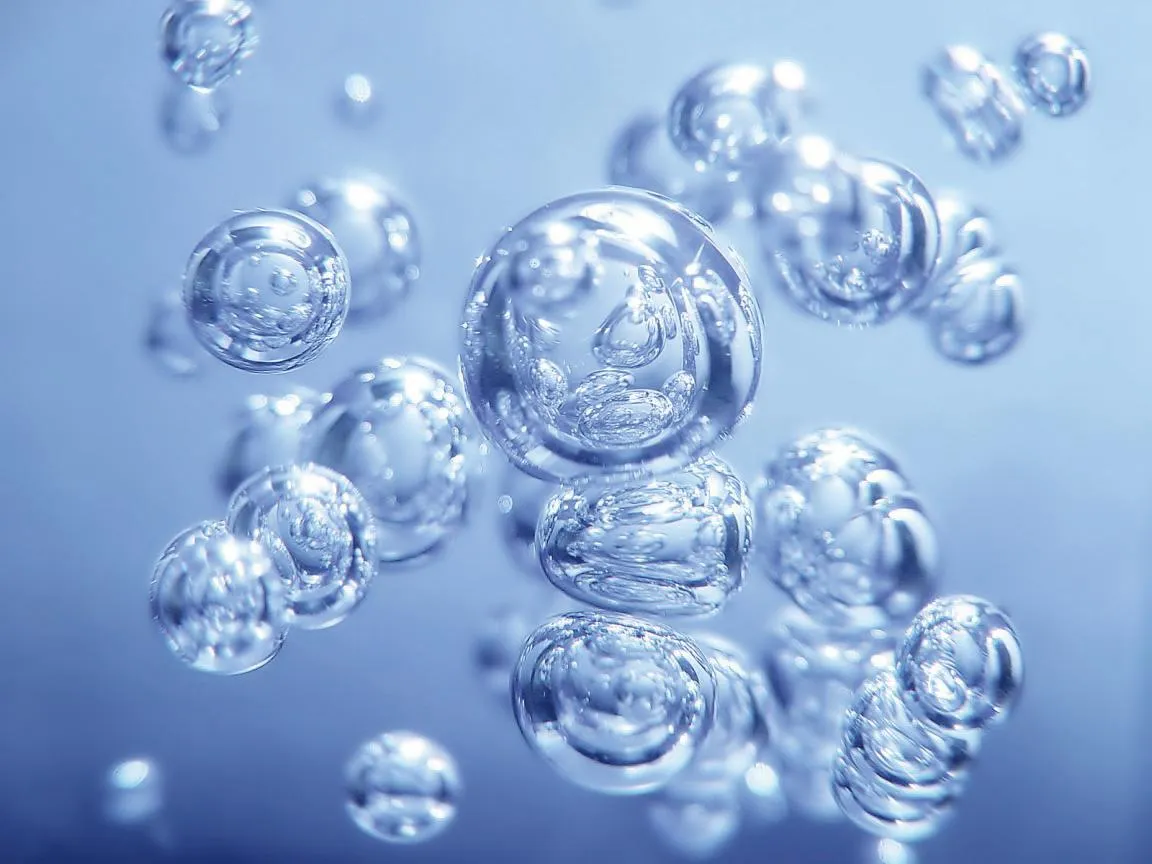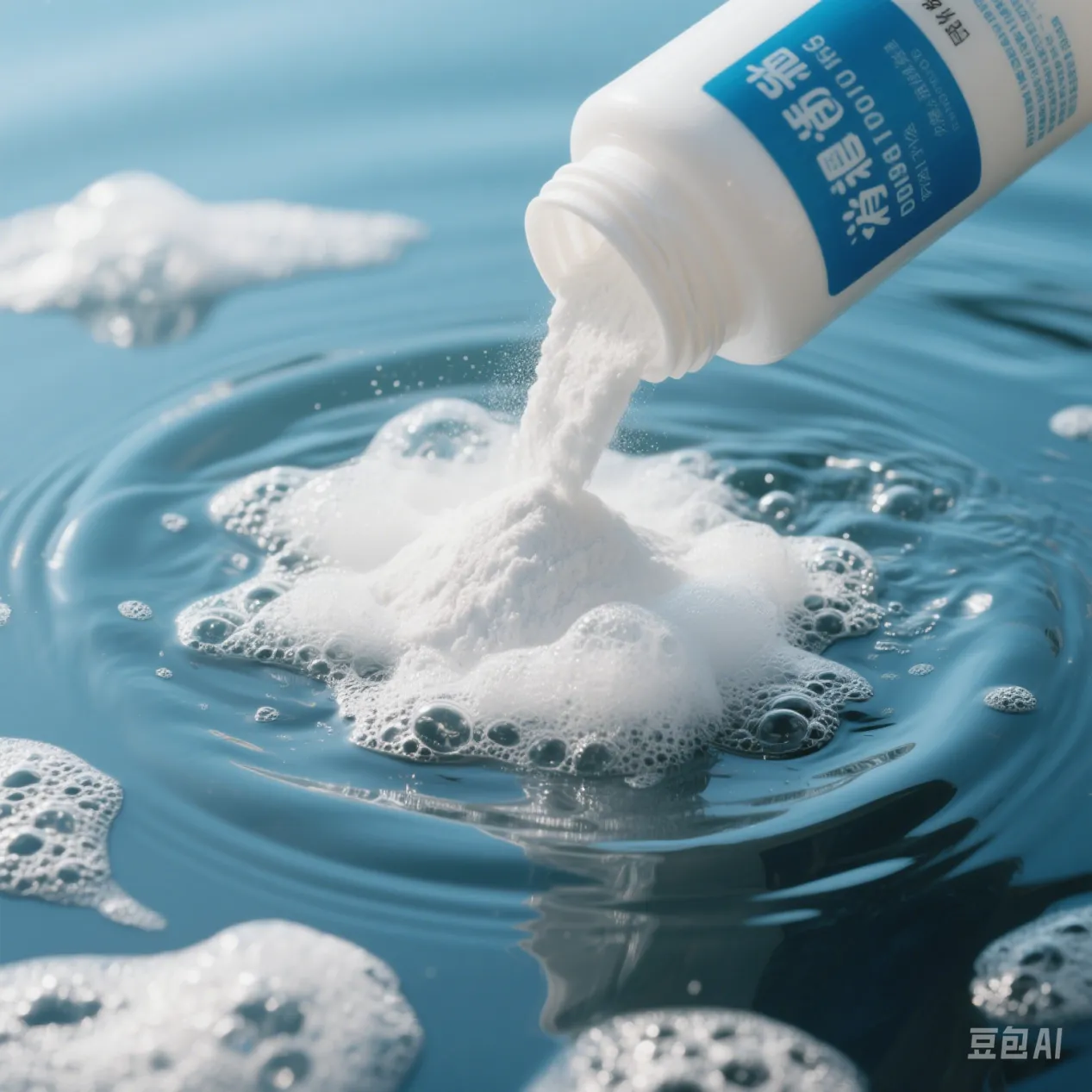
Understanding Wholesale Gypsum Set Retarder XYSJN1 and the Role of Natural and Chemical Antifoaming Agents
In industries such as construction, pharmaceuticals, and cooling systems, chemical additives play a crucial role in ensuring process efficiency and product performance. Among these, wholesale gypsum set retarder XYSJN1 is an essential component in the building materials sector, while antifoaming agents and defoaming agents are indispensable in controlling foam formation in various fluid-based systems. This article explores the applications, benefits, and distinctions between natural and chemical antifoam agents, while also highlighting the uses of anti foaming chemicals in diverse industries.

Wholesale Gypsum Set Retarder XYSJN1: Enhancing Workability in Construction
Gypsum set retarders are critical additives used in gypsum-based construction materials to delay the setting time, improving flexibility during application. Wholesale gypsum set retarder XYSJN1 is a high-efficiency organic retarder designed specifically for gypsum-based plaster, boards, and self-leveling compounds. It is commonly used by manufacturers who require a consistent and extended setting time to ensure proper shaping, spreading, and smoothing before the material hardens.
Key Benefits of XYSJN1:
Controlled Set Time: Ensures sufficient working time without affecting strength development.
Improved Workability: Enhances application performance for both manual and mechanical usage.
Compatibility: Blends well with other construction additives like water reducers, defoamers, and thickening agents.
By sourcing wholesale gypsum set retarder XYSJN1, manufacturers benefit from cost-effective supply solutions for large-scale production, ensuring consistent quality across product batches.

Antifoaming Agents: Natural vs. Chemical Solutions Across Industries
Foam generation during manufacturing can disrupt production lines, lower product quality, and cause contamination. Antifoaming agents, also known as defoamers, are used to prevent and eliminate foam in liquid systems. They are classified into two primary categories: natural antifoaming agents and chemical antifoam agents.
1. Natural Antifoaming Agents and Natural Defoaming Agent Solutions
In sectors such as food processing, biotechnology, and eco-friendly manufacturing, natural antifoaming agents and natural defoaming agents are increasingly popular. Derived from plant-based oils, waxes, and biodegradable esters, these agents are favored for their low toxicity and environmental safety.
Applications:
Organic food production
Eco-friendly detergents
Wastewater treatment
Natural agents are less likely to interfere with downstream processes or raise regulatory concerns, especially in sensitive applications like pharmaceuticals or food.

2. Chemical Antifoam Agent and Anti Foaming Chemicals
Antifoaming chemicals, also called chemical antifoam agents, are synthetic compounds designed for high-performance foam suppression. They include silicone oils, polyethers, and emulsified hydrocarbons. These are ideal for high-temperature and chemically reactive environments where natural options may fall short.
Common Industries Using Chemical Antifoam Agents:
Petrochemical and oil refining
Paints, coatings, and inks
Industrial fermentation
Pharmaceuticals
For instance, anti foaming agent pharmaceutical applications require chemically inert agents that do not react with active ingredients or disrupt the drug formulation. Similarly, an anti foaming agent for coolant helps maintain thermal conductivity in automotive and industrial cooling systems by reducing surface tension and preventing foam-induced air gaps.
Anti Foaming Agent Uses Across Industry Segments
Depending on the industry, the anti foaming agent uses vary greatly:
In Coolant Systems: Prevents foam formation that could impair heat transfer efficiency and cause pump cavitation.
In Pharmaceuticals: Ensures consistency in liquid drug formulations and prevents gas build-up.
In Food and Beverage: Assists in controlling foam during fermentation, mixing, or cooking processes.
In Construction: Works alongside products like gypsum set retarder XYSJN1 to improve flowability and surface finish.
When selecting from the antifoaming agents list, manufacturers must consider factors like system pH, temperature, viscosity, and regulatory compliance (e.g., FDA or REACH certifications).
Optimizing Performance with the Right Antifoaming and Set Retarder Solutions
The combination of reliable gypsum set retarder products like XYSJN1 and effective antifoaming agents (whether natural or chemical) helps industrial producers maintain optimal processing conditions and final product quality. As market demands grow for cleaner, safer, and more efficient additives, the role of specialized defoamers and set retarders becomes more critical.
By understanding the unique anti foaming agent uses in various industries and reviewing the antifoaming agents list, companies can make informed decisions that improve performance, reduce costs, and align with environmental standards.
FAQs: Natural and Chemical Antifoaming Agents Explained
What are the differences between natural and chemical antifoaming agents?
प्राकृतिक एंटीफोमिंग एजेंटare derived from plant-based oils and biodegradable sources, suitable for food and eco-conscious industries. Chemical antifoam agents, on the other hand, offer high performance in extreme conditions and are ideal for industrial applications like cooling, fermentation, or chemical processing.
What are some common anti foaming agent uses?
एंटी फोमिंग एजेंटare used in coolant systems, pharmaceutical products, paint manufacturing, food processing, and wastewater treatment. They help prevent foam build-up, enhance process efficiency, and ensure product consistency.
Can you provide an antifoaming agents list used in manufacturing?
Certainly. Common agents include:
Silicone oil-based defoamers
Fatty acid esters (natural)
Polyether-modified silicones
Vegetable oil derivatives
Alkyl polyacrylates
Each is selected based on the application’s chemical environment and foam characteristics.
What is the function of anti foaming agent in pharmaceutical applications?
An anti foaming agent pharmaceuticalis used to reduce foam during mixing and liquid formulation stages, preventing air entrapment that can affect dosage consistency and product safety.
How does an anti foaming agent for coolant improve performance?
In cooling systems, foam can trap air and reduce heat transfer. An anti foaming agent for coolantbreaks down foam quickly, ensuring efficient cooling, reducing wear on components, and maintaining system stability.
-
Understanding Gypsum Retarders and Accelerators: Additives for Precision in PlasteringNewsAug.19,2025
-
The Versatility of Hydroxypropyl Starch Phosphate: From Food to Skincare and HaircareNewsAug.19,2025
-
Understanding Anti-Foaming Solutions: Applications, Examples, and Industry UseNewsAug.19,2025
-
Gypsum Applications in Construction: How to Adjust Setting Time with AdditivesNewsAug.19,2025
-
Polyvinyl Alcohol (PVA): Types, Uses, Safety, and HandlingNewsAug.19,2025





















